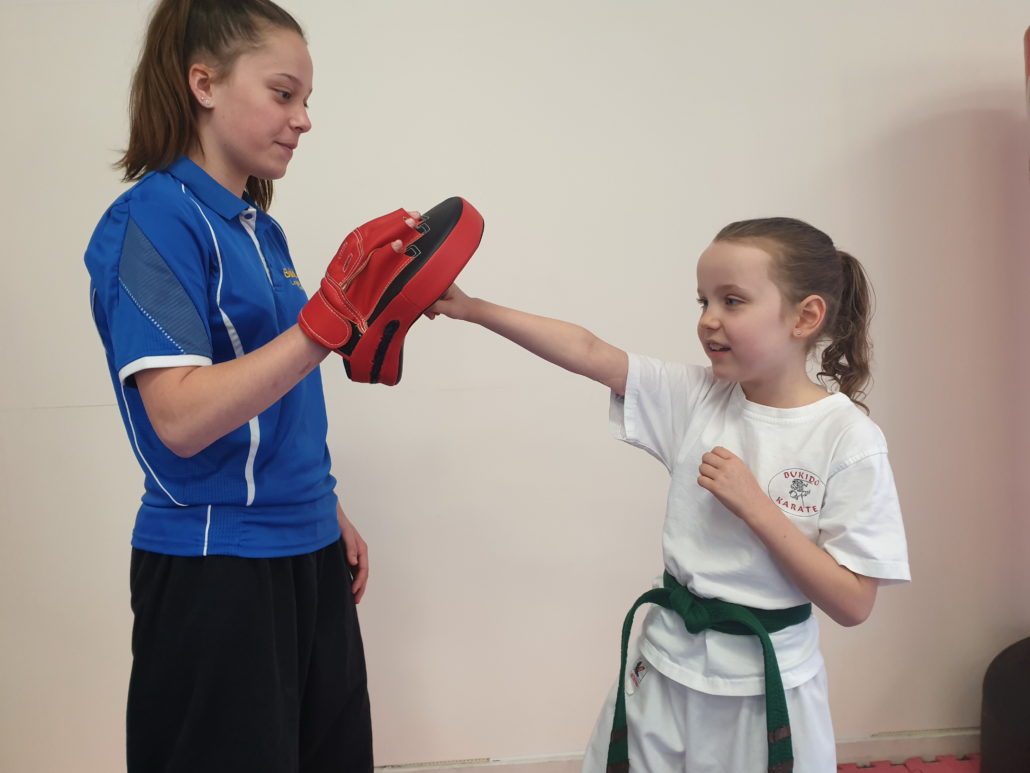About grading's and how they are structured.
Gradings are based on three things: ATTENDANCE, ABILITY and ATTITUDE
We have Seven age levels.
They are Mini Ninjas (up to 3 years.) Tiny Tigers Beginners (3 and 4 years). Tiny Tigers Advanced (5 and 6 years) Ninjas (7 to 9 years)
Dragons (10,11 and 12 years.) Teens (13 to 17 years.) and Adults.
Students at all age levels except adults must have age level stripes on their belts, this is to help us make sure the students are in the right class and learning the correct curriculum.
Students moving to a higher age level curriculum must drop a full belt.
This usually lines up with the knowledge required in the books.
These students may then wear the higher level belt colour.
Typically, a Ninja Black Belt moving to the Dragons program would be a Dragon Brown Belt (3rd kyu.) The reasoning behind this is that a student of 8 years old has achieved a Ninja Black Belt, should they be compared in technique, maturity, and sparring to an 18-year-old Black Belt?

Shodan Ho means, probationary Black Belt.
The Student must keep training
to be recognised as a full Black Belt.
Dragon's, Teens and Adults must meet the fitness requirements set out in the books. All students attempting a grading higher than third kyu, must average training at least once a week three months before hand.
Students between brown and black, should miss two grading’s and help out in one of the in-between grading’s.
All other criteria must be met.
TINY TIGERS will normally re-start at white belt when moving up to the Ninja age group. The reason for this is that Ninjas have a much more advanced curriculum. If a Tiny Tiger has reached a higher level he/she maybe re-assessed for the Ninja group.
Since we have changed the curriculum there has been some confusion. Any higher grade Ninja who now falls into the Dragon age group can still grade as a Ninja (but there is a time limit.) They must still wear the yellow Ninja stripe.
Once a student moves into the next age group, they must drop back one complete belt before they can wear the age group colour on their belt.
For example; If you look at the books you will see that a brown belt Ninja, is equivalent in requirements to a green belt (6th kyu) Dragon. Obviously the Dragons are at a higher level (physically and mentally) than the Ninjas.
Each child who fits into this category is given the choice. Drop back a level, or stay in the lower age group, Grade then drop back later. Either way it works out the same.
Number one rule: Don’t compare student to other students. Each student is different in the way they train, how many times a week they train and in some circumstances how many private lessons they have.
Students should be encouraged to train, positive feedback from parents goes a long way in helping a student to improve in their Karate training.